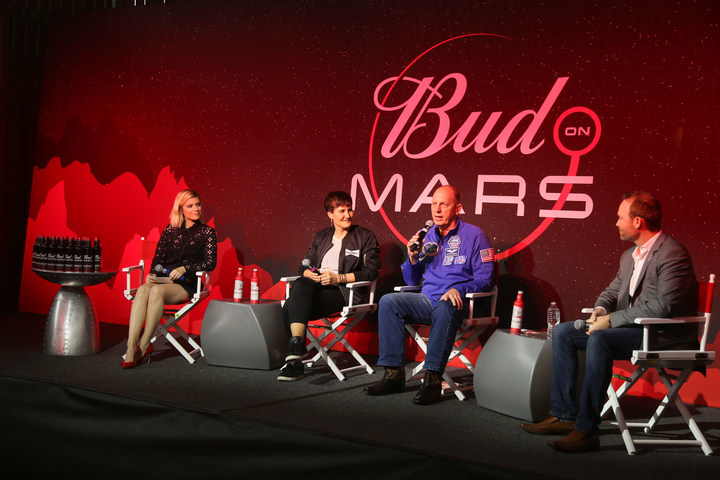
But the beer brand clearly isn’t letting go of the idea, this week announcing that it’s “upholding its commitment” and moving forward with the first stage of the plan. It involves sending barley seeds to the International Space Station (ISS) this December to learn about how beer ingredients react in a microgravity environment.
Budweiser is predicting, perhaps wisely, that when we finally build a city on Mars, as hoped for by the likes of SpaceX CEO Elon Musk and officials in Dubai, its inhabitants may want to quaff a beer or two from time to time. And Budweiser wants to be there to brew it.
To get the ball rolling, the famous beer brand is partnering with the Center for the Advancement of Science in Space, which manages the ISS U.S. National Laboratories, and Space Tango, a payload development company that operates two commercial research facilities within the National Laboratory.
Working with Budweiser’s innovation team, the group will send two barley-based experiments to the ISS as part of the next SpaceX cargo supply mission, scheduled for December 4.
Budweiser’s barley seeds will stay in orbit for around a month before returning to Earth for analysis.
“Malting barley is a process that results in the high-quality malt used in the Budweiser enjoyed today, and the research on the ISS will unveil how the barley seeds react in a unique microgravity environment,” Budweiser said in a release.
“One of the experiments will focus on barley seed exposure, with the second testing barley germination. Not only will the research offer insights on steps to creating beer on the red planet, but it could also provide valuable information on the production of barley and the larger agricultural community here on Earth.”
In other words, if the ambitious Mars enterprise doesn’t work out, there could still be some benefits for those of us remaining here on Earth. Which is nice to know.


